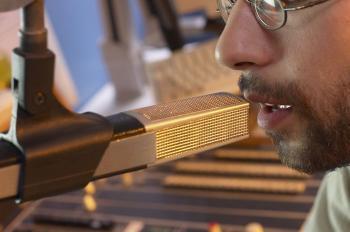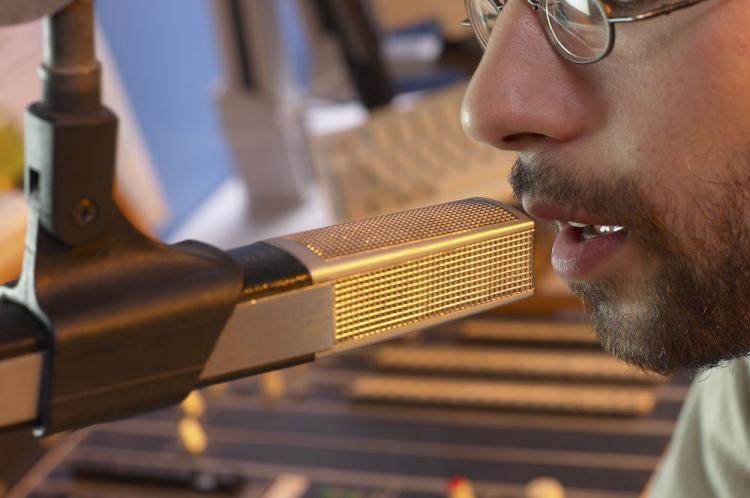Attention! ...9-8-9-0-2... Attention! 9-8-9-0-2... Attention 9-8-9-0-2... 1-8-5-0-2... 1-8-5-0-2...
Upon hearing a robotic female voice dictating these monotonous numerical sequences, many would simply discount it as gibberish and immediately change the frequency.
However, if these puzzled listeners choose to listen to these transmissions, they might assume it was some sort of secret code. Regularly repeated, seemingly nonsensical statements such as “mixture-nine-six-two-nine-two-three-bingo-tour, two-eight,” must have some meaning to someone. But to whom, and why would they require that their instructions be transmitted in such a cryptic way?
Numbers stations are found throughout the short wave radio frequency. Anyone with basic equipment can listen to it, although it may be hard to tell who’s sending the message, much less what they’re trying to say.
A Brief History of Numbers Stations
Such transmissions have been sent since World War I. Hence, it can be affirmed that they are one of the first radio broadcasts known. These broadcasts can be found in all parts of the world, and they have significantly increased since World War II, but it has been noted that they occurred most frequently during key events throughout the Cold War. When the Cold War ended, these broadcasts began to diminish, although since the 1990s these transmissions have been gradually returning.
While many radio aficionados have attempted to decode these messages, few have met with any success. Nevertheless, many of these cryptic broadcasts began to find some popularity among radio enthusiasts. The great majority are found cataloged by the “European Numbers Information Gathering and Monitoring Association” which had charted the distinct numerical emissions by strict typology.
Some number issuers have gone to international press, but perhaps the most well known was the “Atención!” case—shown above—named for the particular way each message began (Spanish for “Attention”). The “Atención!” broadcast was actually used in U.S. federal courts in the trial of five captured Cuban spies in 2001.
Typical Operations
Through the static we begin to hear exotic music. It is soon joined by the occasional hammering of what sounds like a stenographer at work. Suddenly, the music stops and a male voice begins to dictate a series of numbers in a foreign language.
These numerical broadcasts basically observe the same form: At regular intervals—either on the hour or half hour—a voice recites a word or phrase, which may also be accompanied by a melody that acts like the introduction to the code. As the transmission continues, the voice begins to dictate numbers, letters, disconnected words, or a combination thereof. Later, a closing message signals the end of the transmission.
Of course there are many varieties of such broadcasts. Every hour, day after day, it can be the same or it can change; the message can be replaced by Morse code, and the message can be repeated once, twice, and so on.
These transmissions, emanating from across the globe in a variety of languages, are only broadcast for a few minutes at a time. Sometimes an actual human voice recites the code, but often they are generated by speech-synthesizing software. Others come from one particular language, but the code for the transmission is in another. For example, a Spanish message transmitted its code in Japanese.
One of the most curious transmissions is accompanied by the melody “Don’t Cry For Me Argentina.” After the familiar tune is introduced a voice recites “whiskey, tango, romeo 21… whiskey, tango, romeo 21, 61115 74939 04343 54388 40121 43372 43973 08610 08858 699 00 74821 11431 06109 39994 whiskey, tango, romeo 21.”
Other transmissions have included drumming or a single clarinet playing a repeated refrain from a military march. As with other examples, the code follows the introductory music.
Many of these mysterious broadcasters have adopted methods of not only mixing music with code but also using unusual voices. Some believe that this is a strategy used to distract the hundreds of radio aficionados who are trying to decode the transmission. For example, children’s voices are often used with a familiar melody to make the inexperienced receiver believe that the transmission is merely a playful experiment using a household broadcasting device.
So what’s behind these mysterious broadcasts? Is it a method used for drug smuggling, or is it, as many believe, a covert language that spies employ to communicate with each other. Although there is evidence that suggests espionage, no government has ever declared taking part in such communications, nor have they confessed knowledge of their origin.
Except in isolated cases in which they have been allowed to glimpse at the use of such broadcasts, the world’s intelligence agencies have never admitted the probable use of these transmissions. However, considering that Great Britain is said to have outlawed listening to these numbers stations, many believe such suspicions have already been confirmed.
Listening to Numbers Transmissions
The following are a few examples of these broadcasts:
http://www.furelos.org/files/tcp_d4_01_russian_man_complete_irdial.mp3
http://www.furelos.org/files/tcp_d4_26_wiskey_tango_viente_y_uno_irdial.mp3







Friends Read Free